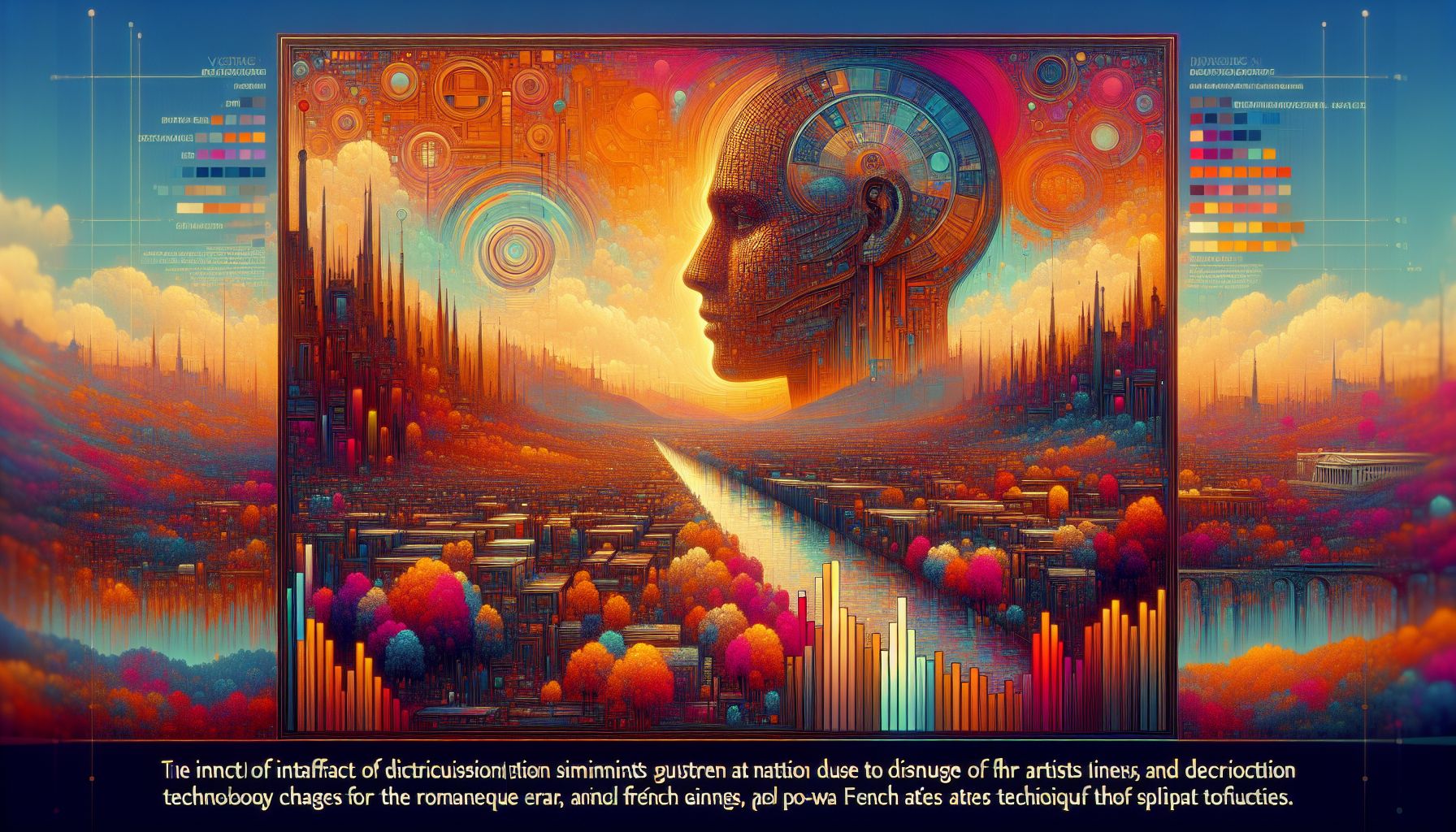AI's Impact on the Art World: Challenges and Opportunities

AI is transforming the art sector, presenting both challenges and opportunities for artists and museums. This article examines the influence of big tech on art monetization and distribution.
The Dominance of Tech Giants
The recent Stanford University’s Artificial Intelligence Index Annual Report highlights the overwhelming presence of major tech companies like Google, Microsoft, OpenAI, and Meta in the AI space. These companies have developed advanced, closed AI models that surpass open-source alternatives in performance. However, this dominance raises significant concerns about transparency and control within the art sector. Art institutions and individual artists face the risk of being overshadowed by these powerful entities, which now control much of the technology driving modern artistic creation and monetization.
Economic and Creative Implications
The financial implications of AI’s integration into the art world are both promising and daunting. Over the past year, private investment in AI has exceeded $25.2 billion, reflecting the growing interest and potential in this field. However, the cost of training a cutting-edge AI model can exceed $100 million, putting such technology out of reach for many smaller institutions and independent artists. This economic disparity may hinder creative freedoms and democratization within the art world, as access to these advanced tools is limited to those with significant financial backing.
AI in Museums: Opportunities and Challenges
Museums are at a crossroads, grappling with how to integrate AI without losing their unique value proposition. Thomas Campbell, a prominent museum director, predicts that museums will need to collaborate with tech giants like Google to disseminate their information effectively. AI can assist museums in classifying and managing their collections, enhancing accessibility and understanding for the audience. However, there is a risk that AI could distance the audience from the authentic museum experience, reducing the engagement that physical visits offer.
Legal and Ethical Considerations
The Future Art Ecosystems team at Serpentine in London is actively discussing the legal challenges associated with generative AI models, particularly concerning copyright issues. The team emphasizes the importance of cultural institutions making informed decisions about AI’s role in the art world, ensuring that these technologies benefit the public. As AI-generated art becomes more prevalent, questions about ownership and the ethical use of AI in creative processes become increasingly critical.
AI Art Generators: Blurring the Lines
AI art generators are revolutionizing visual content creation by transforming written descriptions into visual art. Tools like GETIMG and ARTSMART AI allow users to generate high-quality images, modify existing photos, and create custom AI models. These tools cater to a wide range of users, from professional designers to hobbyists, showcasing AI’s creative potential. Platforms such as NightCafe and Adobe Firefly offer user-friendly interfaces and diverse capabilities, making AI art generation accessible to a broader audience.
Public Perception and Future Directions
Public sentiment towards AI in the art world is mixed. Recent data from the Pew Research Center indicates that 52% of people are more concerned than excited about AI, a significant increase from 37% two years ago. Despite these concerns, the potential for AI to enhance artistic expression and streamline creative processes cannot be ignored. As AI technology continues to evolve, it will be crucial for the art community to navigate these changes thoughtfully, balancing innovation with ethical considerations and public engagement.

